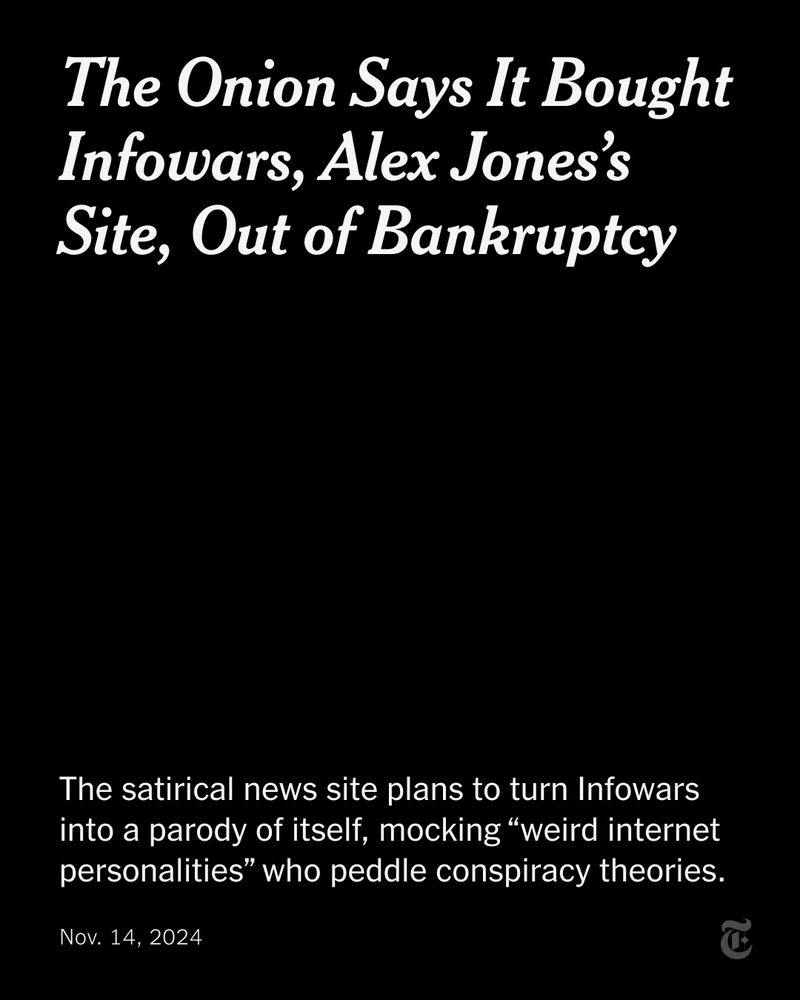
https://sites.google.com/site/davidwiczer/
Data: www.bls.gov/news.release...
Live coverage: www.nytimes.com/live/2025/09... #NumbersDay
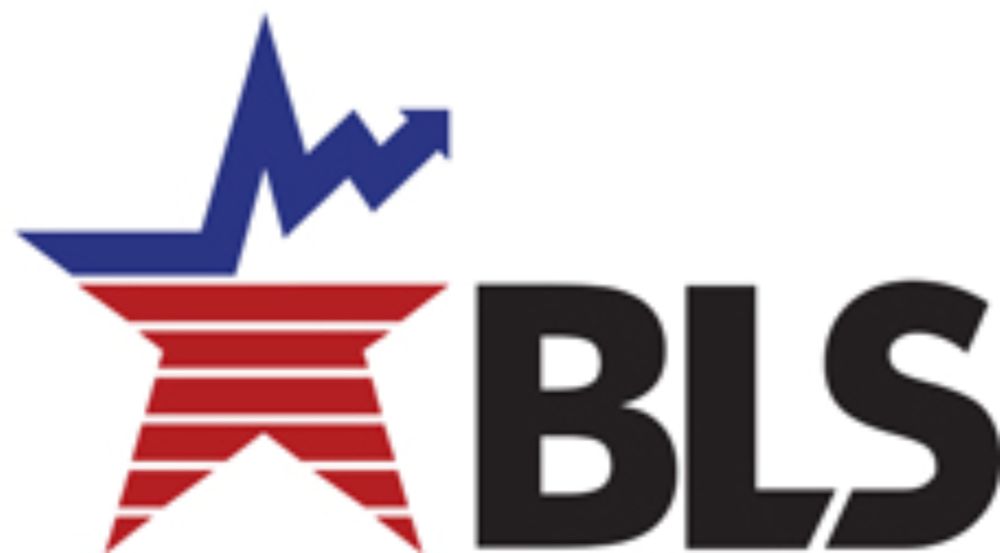
#EconSky
www.atlantafed.org/research/pub...

#EconSky
www.atlantafed.org/research/pub...
Check out the @FacultiNet video where we discuss our joint work with Davide Melcangi, @pilossopher.bsky.social, and @davidwiczer.bsky.social
faculti.net/debt-stimulu...

Check out the @FacultiNet video where we discuss our joint work with Davide Melcangi, @pilossopher.bsky.social, and @davidwiczer.bsky.social
faculti.net/debt-stimulu...
colleagues. Our survey center asked firms how exposed their supply chain was to imports. More import-intensive firms expect to raise prices more *and* the more their competitors import,the more they'll raise.
www.atlantafed.org/research/pub...

colleagues. Our survey center asked firms how exposed their supply chain was to imports. More import-intensive firms expect to raise prices more *and* the more their competitors import,the more they'll raise.
www.atlantafed.org/research/pub...
Average US tariffs on China are now 104.3%.
Average China tariffs on the US are now 106.6%.
100% of goods flowing between the world's two largest economies are now subject to tariffs.
Details & data here: www.piie.com/research/pii...

Dwells a lot on @davidwiczer.bsky.social's recent work on vacancy yields.

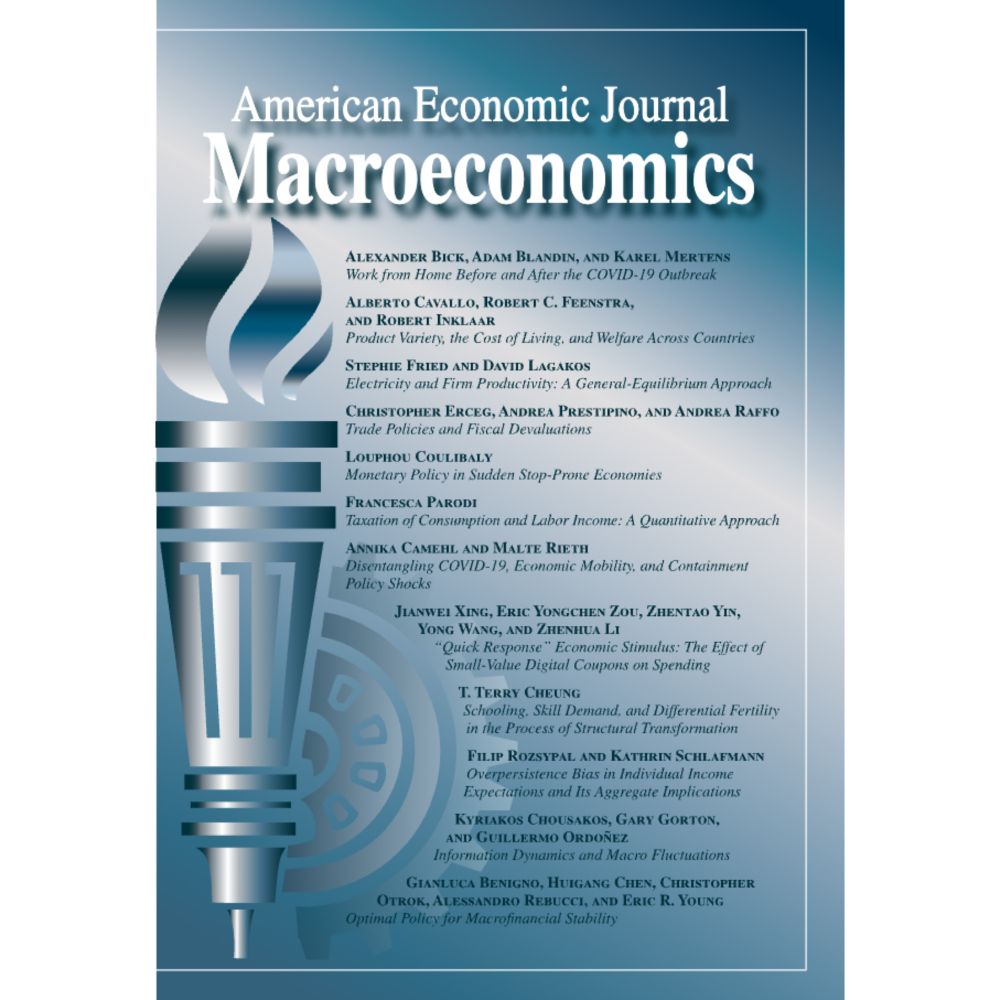
#FRED #LaborMarket
#Data #Economics #StLouisFed
Check it out. Key points summarized below.
www.project-syndicate.org/commentary/a...

Check it out. Key points summarized below.
www.project-syndicate.org/commentary/a...
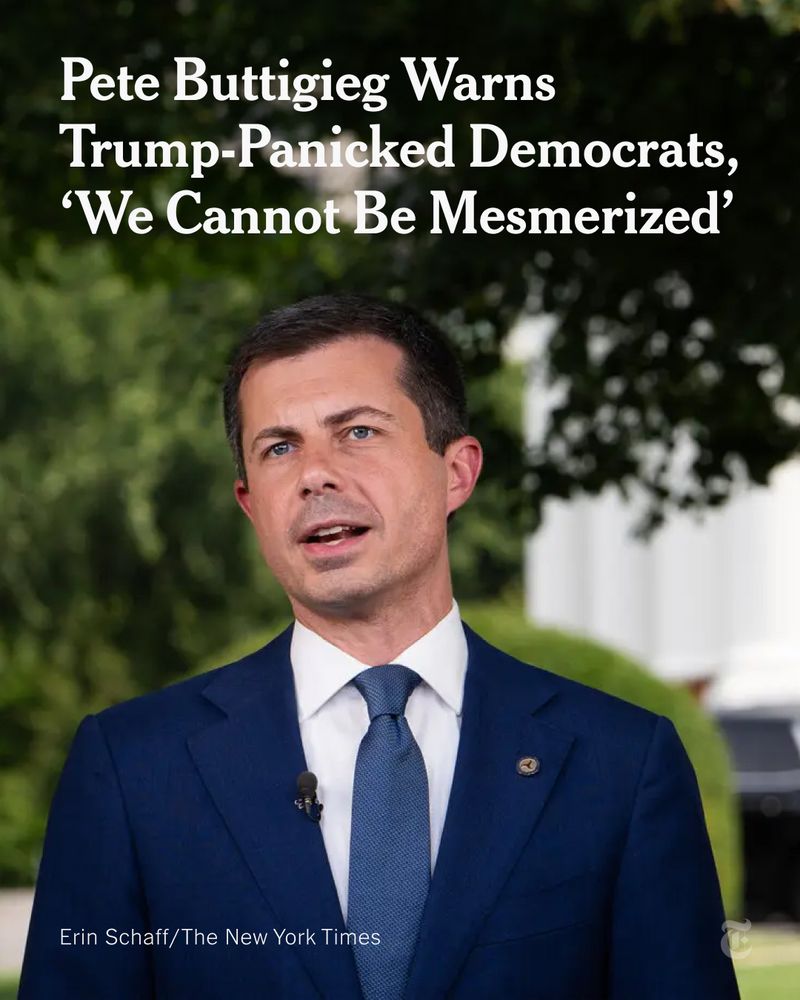

authors.repec.org
#EconSky #RePEc
authors.repec.org
#EconSky #RePEc
authors.repec.org
#econsky #RePEc
authors.repec.org
#econsky #RePEc
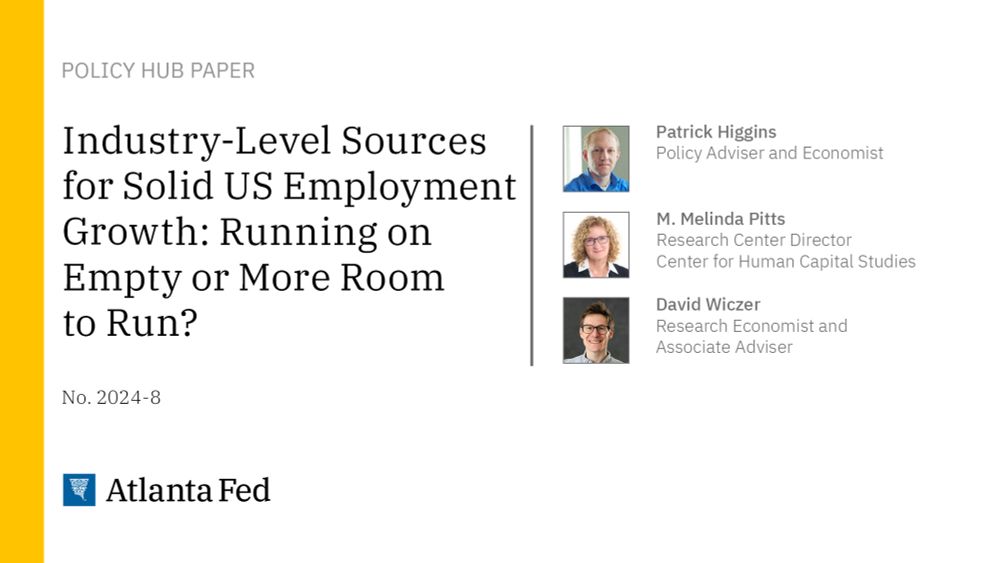
www.theatlantic.com/politics/arc...

www.theatlantic.com/politics/arc...
